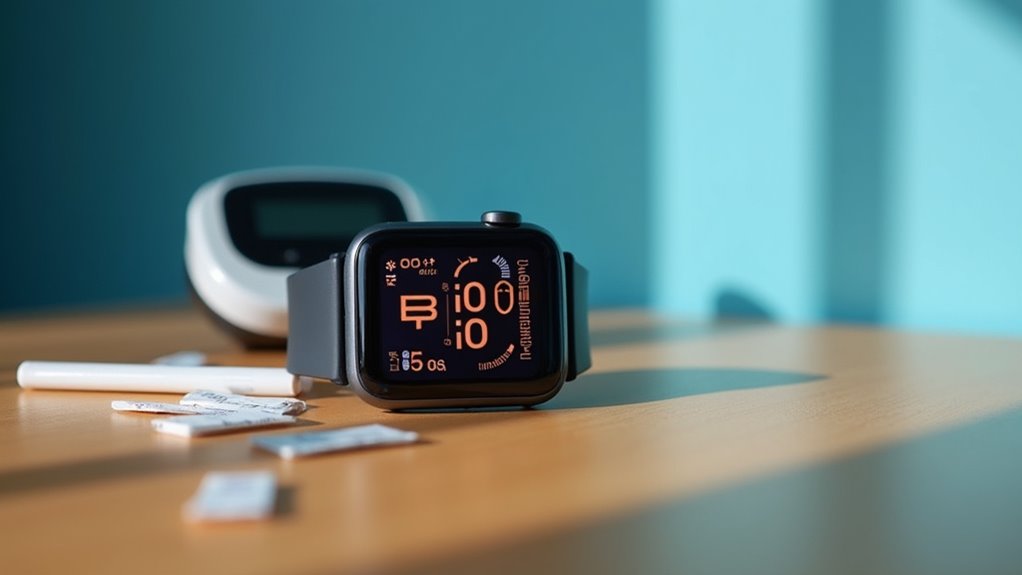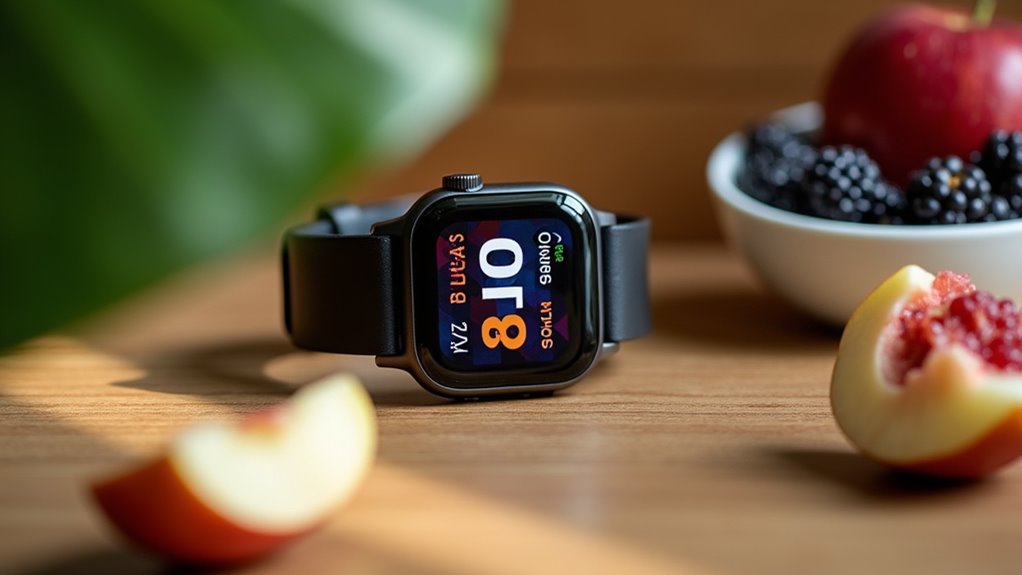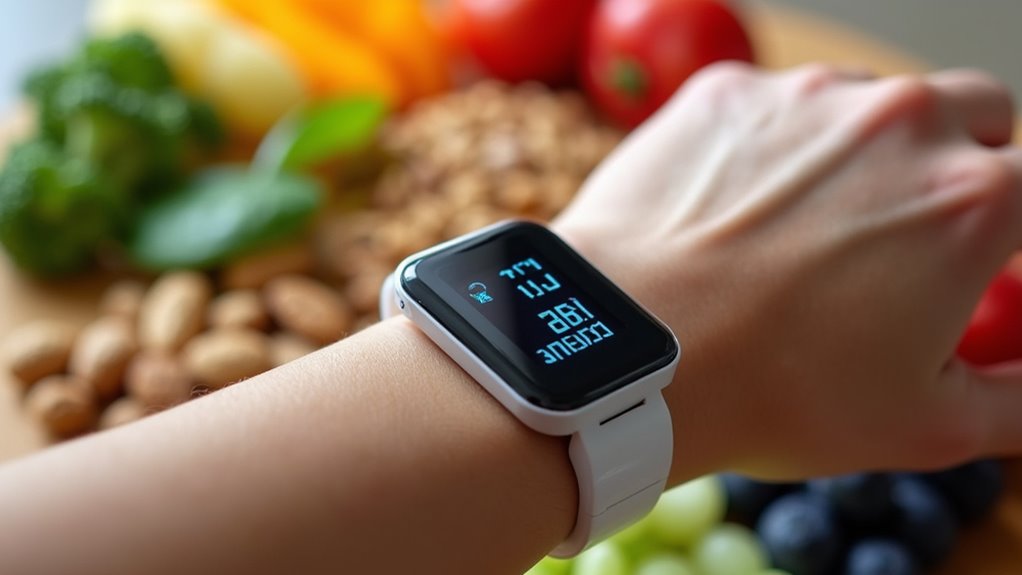While managing Type 2 diabetes once meant endless finger pricks and paper logbooks, smartwatch technology has revolutionized how patients track their condition. Type 2 diabetes impairs the body’s ability to use insulin properly, leading to high blood sugar levels. Left untreated? Heart disease, kidney damage, vision problems. Not fun.
Exercise is vital for diabetes management. It improves insulin sensitivity and helps control blood sugar. But sticking to exercise routines isn’t easy. That’s where smartwatches come in. They’re not just fancy timepieces anymore. Insulin sensitivity enhancement through regular physical activity is key to managing diabetes effectively.
Exercise is key for diabetics, but consistency is hard. Enter smartwatches: your high-tech accountability partner.
These devices track physical activity, count steps, and monitor heart rates—data that helps personalize workouts. They buzz with reminders to move when you’ve been sitting too long. Sometimes annoying? Yes. Necessary? Absolutely. Recent studies have shown significant blood pressure improvements in patients who incorporated smartwatches into their exercise regimens.
Programs like MOTIVATE-T2D leverage smartwatch technology to create home-based exercise regimens specifically for diabetic patients. The results speak for themselves: improved adherence, better health outcomes. Users follow cardio and strength training exercises tailored to their needs, with virtual guidance from exercise specialists. Retention rates are impressively high. Technology nagging you works, apparently. Recent research showed an impressive 82% retention rate after a full year of program participation.
The future looks even more promising. The K’Watch Glucose represents a significant advancement in continuous glucose monitoring. Using SkinTaste Technology with micropoints and biosensors, it measures glucose through the skin—no blood required. Imagine that! Checking your blood sugar as easily as checking the time.
Scientists are working on enhancing accuracy through improved Signal Quality Index and upgraded hardware like photodetectors and amplifier circuits. Soon, non-invasive glucose monitoring might become the norm.
The integration of smartwatch data with health apps allows patients to share results with healthcare providers, creating an all-encompassing approach to diabetes management. It’s a collaboration between human and machine.
Bottom line: smartwatches aren’t just for counting steps anymore. They’re becoming essential tools in diabetes management. The technology isn’t perfect yet, but it’s getting there. Fast.








